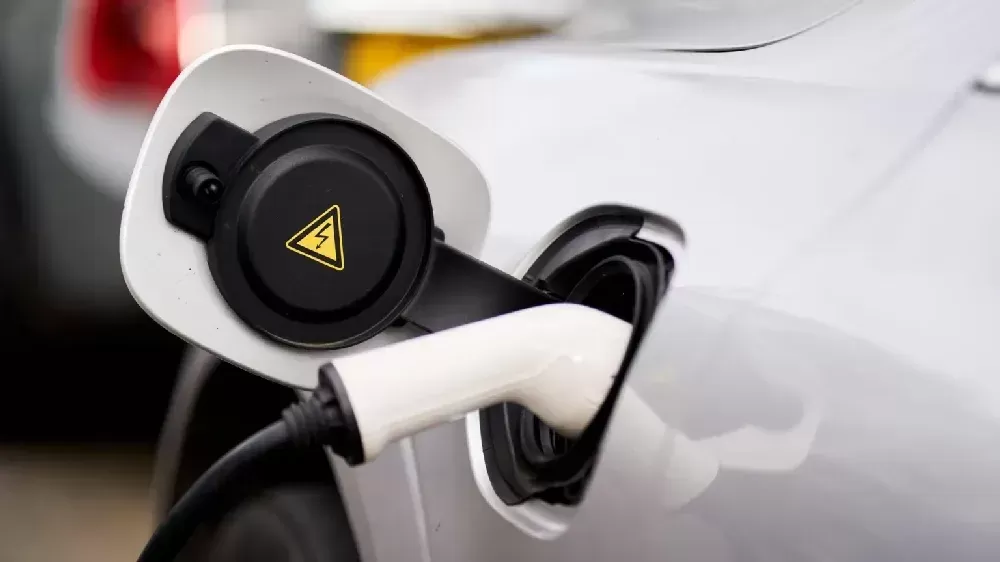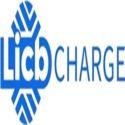Notifications

4 minutes, 13 seconds
-100 Views 0 Comments 0 Likes 0 Reviews

ISO 15118, particularly its "Plug and Charge" feature, is a game-changer in the electric vehicle (EV) charging landscape. It streamlines the entire charging process, making it more secure, convenient, and user-friendly. Here’s a revised breakdown of its key elements and benefits:
Seamless Authentication and Authorization: This system automatically authenticates the EV and authorizes the charging session, eliminating the need for drivers to manually swipe cards or open apps.
Automated Payment Processing: Payments are handled directly through the EV, meaning no extra steps are required from the driver to process payment details.
Strong Security: ISO 15118 uses a Public Key Infrastructure (PKI), digital certificates, and encryption to safeguard data during the charging process, ensuring that sensitive information remains secure.
Universal Compatibility: The protocol enables interoperability across different charging networks, so drivers can use any China EV Charger station that supports ISO 15118, regardless of the vehicle brand or charging provider.
Enhanced User Experience: With Plug and Charge, drivers simply plug in their vehicle and start charging — no need for multiple charging cards or remembering login details.
Robust Security: The system employs advanced security features, such as encryption and digital certificates, to protect against unauthorized access to personal, billing, and vehicle data.
Streamlined Operations for Fleet Owners: Fleet operators benefit from automatic tracking of charging sessions, reducing administrative tasks and improving efficiency.
Boosting EV Adoption: Simplifying the charging process makes EV ownership more attractive, encouraging more people to switch from traditional combustion engines to electric vehicles.
Supporting Sustainability: By making EVs more accessible and supporting renewable energy sources, Plug and Charge contributes to the global shift toward clean energy solutions.
Tesla’s Supercharger Network: Tesla has already implemented a similar concept, and ISO 15118 aims to make this hassle-free experience available to all EV brands.
Cross-Network Compatibility: ISO 15118 could do away with the need for multiple apps or cards to access various charging networks, creating a universal, consistent charging experience.
Smart Grid Integration: The system has the potential to help integrate EV charging with renewable energy sources and optimize grid management for better energy efficiency.
Infrastructure Upgrades: To support Plug and Charge, charging stations need to be equipped with the appropriate hardware and software, which may involve considerable investment.
Industry-Wide Adoption: Full implementation will require cooperation between automakers, charging station operators, and regulatory bodies.
Cost of Implementation: For charging station operators, upgrading infrastructure to ISO 15118 standards can be expensive.
Cybersecurity Concerns: While the system is designed to be secure, ongoing vigilance is necessary to address evolving cyber threats.
ISO 15118 Plug and Charge represents a major advancement in EV charging, offering an easier, safer, and more efficient way to charge electric vehicles. By simplifying the process and ensuring interoperability, it has the potential to significantly enhance the EV ownership experience and drive the widespread adoption of electric mobility. As the EV market grows, ISO 15118 will play a crucial role in shaping the future of transportation.Know more about Google SEO Directory
China EV Chargers EV Charger Manufacturer Smart EV Chargers Electric Car Chargers Electric Vehicle Chargers Electric Car Charging Stations

